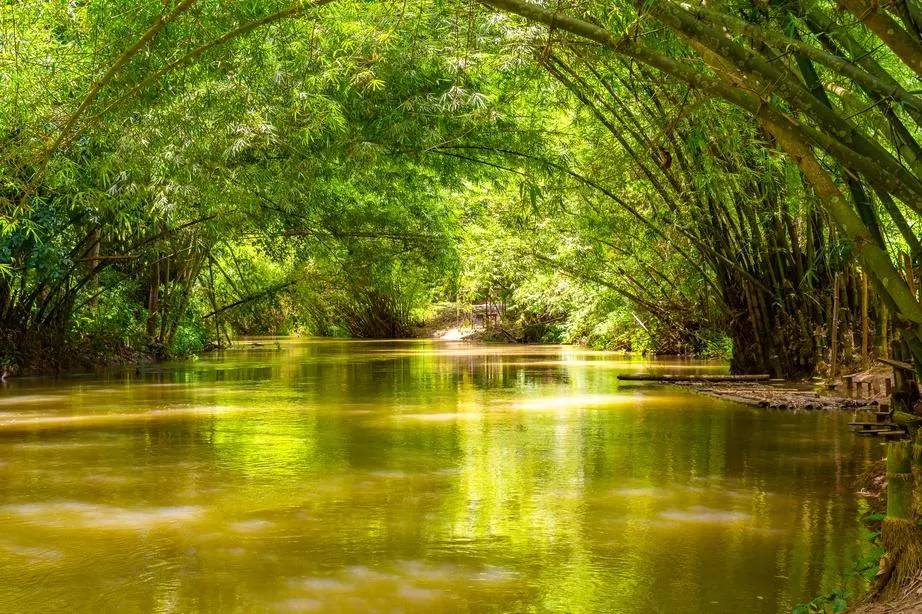By Contributor,Dianne Plummer
Copyright forbes

Martha Brae River in Falmouth, Trelawny parish, Jamaica. Beautiful lush green natural canopy foliage landscape. Romantic nature setting, famous for rafting. Popular tourist attraction/ excursion.
As climate stress intensifies and human demands rise, rivers remain Earth’s circulatory system and the waterways of life. On World Rivers Day 2025, the theme “Waterways of Life” underscores that rivers are not optional amenities, but essential natural infrastructure for ecology, livelihood, and resilience.
Rivers Are Essential To Our Ecosystem
Globally, freshwater ecosystems are among the most threatened. According to a synthesis of global river health studies, populations of freshwater species have declined by 83 percent on average since 1970, a steeper drop than in terrestrial or marine realms. Migratory freshwater fish alone have collapsed by more than 80 percent across many basins, due largely to dams, habitat fragmentation, pollution, and water abstraction according to the Guardian.
Fly Fishing on Scenic River – Environmental portrait of Fly Fisherman on sunny fall autumn day catching trout.
Rivers underpin multiple Sustainable Development Goals. According to the National Oceanic and Atmospheric Administration, they supply nearly half of global drinking water and irrigate a significant share of the world’s crops (SDG 6, Clean Water & Sanitation; SDG 2, Zero Hunger). Rivers also serve in flood mitigation, sediment transport, and as corridors for biodiversity, and thus tie directly to climate adaptation, ecosystem protection, and sustainable cities.
Yet the challenges are enormous. Many rivers are heavily polluted: industrial effluents, agricultural runoff, untreated sewage, and microplastics degrade water quality. The Citarum River in Indonesia, often cited as among the world’s most polluted rivers, receives thousands of tons of untreated waste daily. In England, only 14 percent of rivers and lakes meet “good ecological status,” with agriculture, urban runoff, and water sector discharges cited as major causes of impairment according to the UK Environment Agency.
MORE FOR YOU
Rivers Require Governance
Infrastructure fragmentation is another major hit. A 2025 Guardian article shows that Europe removed a record 542 river-blocking structures in a single year, helping reconnect aquatic pathways and boost resilience. Restoring connectivity is one of the fastest, highest-leverage interventions in river resilience.
Sustainable river governance must combine regulation, investment, and nature-based restoration. For example, many jurisdictions now require stricter discharge limits and monitoring, while blended finance supports dam removal, riparian reforestation, wetland buffers, and engineered floodplains. Glacial retreat is reshaping rivers worldwide, disrupting the steady meltwater that once sustained them. Instead of predictable flows, rivers now face surges that trigger floods followed by periods of low water that heighten drought risk. This instability threatens drinking water, food production, hydropower, and ecosystems, while also straining global energy security and increasing competition over scarce resources. According to the UN World Water Development Report 2025, only integrated water resource management can keep these vital waterways resilient as the climate warms.
On this World Rivers Day, Waterways of Life should remind policymakers and professionals that rivers are not secondary to development, but they are foundational. The path to sustainability, climate resilience, and biodiversity conservation depends on restoring rivers to health, reconnecting their flows, regulating pollution, and valuing them as living infrastructure.
Editorial StandardsReprints & Permissions



